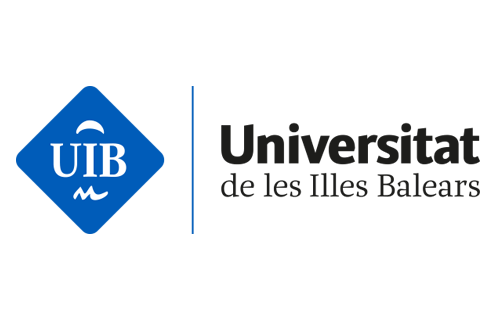Cooperative Persistent RobotS for Autonomous ManipulatiOn Subsea
The COOPERAMOS coordinated research project aims at the use of at least 3 I-AUVs, cooperating for enabling complex underwater intervention tasks with high autonomy never demonstrated before.
Project reference: PID2020-115332RB-C32




What is Cooperamos project?
COOPERAMOS project proposes to use a team of resident I-AUV’s to demonstrate collaborative assembly of complex structures underwater in an a priori unknown environment. A networking multimodal communication (VLC/RF/acoustics) architecture will be used to guarantee the vehicles coordination. A new MEMS laser scanner will provide 3D point clouds of the objects of interest which will be used by an object recognition architecture to identify and locate them for manipulation and semantic SLAM purposes. Images gathered from different vehicles of the fleet will be used to generate a detailed 3D map of the area of operation and for target localization too. COOPERAMOS will explore new AI techniques, focused on Mission Planning, and Learning Strategies applied to grasping, manipulation and sensing. Potential applications include oceanography (permanent observatories), offshore industry (oil & gas), fisheries, windfarms and nuclear industries.
Moreover, solving this multidisciplinary problem requires the coordination of a large team with different backgrounds and expertise. Therefore, the main added value coordinating COOPERAMOS is the attainment of the devised objectives and milestones themselves, which would be impossible without the engagement of each partner. In addition, quite a few benefits of the coordination may also be pointed out: the synergies and cross-fertilization of ideas among members of the different groups, both seniors and juniors; the training in new fields for most members of the project; the strong interrelation between theoretical development and experimental validation; the visibility of the results that will be exposed from several points of view to different scientific forums; the generation of new technological solutions ready for transfer, to mention but a few.
GENERAL OBJECTIVES
The project objectives include the design of multimodal user interfaces, advanced control strategies, multi-vehicle localization and mapping, target detection and tracking, underwater wireless communication and cooperative mobile manipulation of 3 I-AUVs. The complexity of the proposed system requires a multidisciplinary team including mechanical, electronics and computer engineers as well as experts in artificial intelligence, mathematics and telecommunications.
To tackle this complexity, the project has been split into three sub-projects according to the expertise of each partner of the consortium and to the facilities they have available.